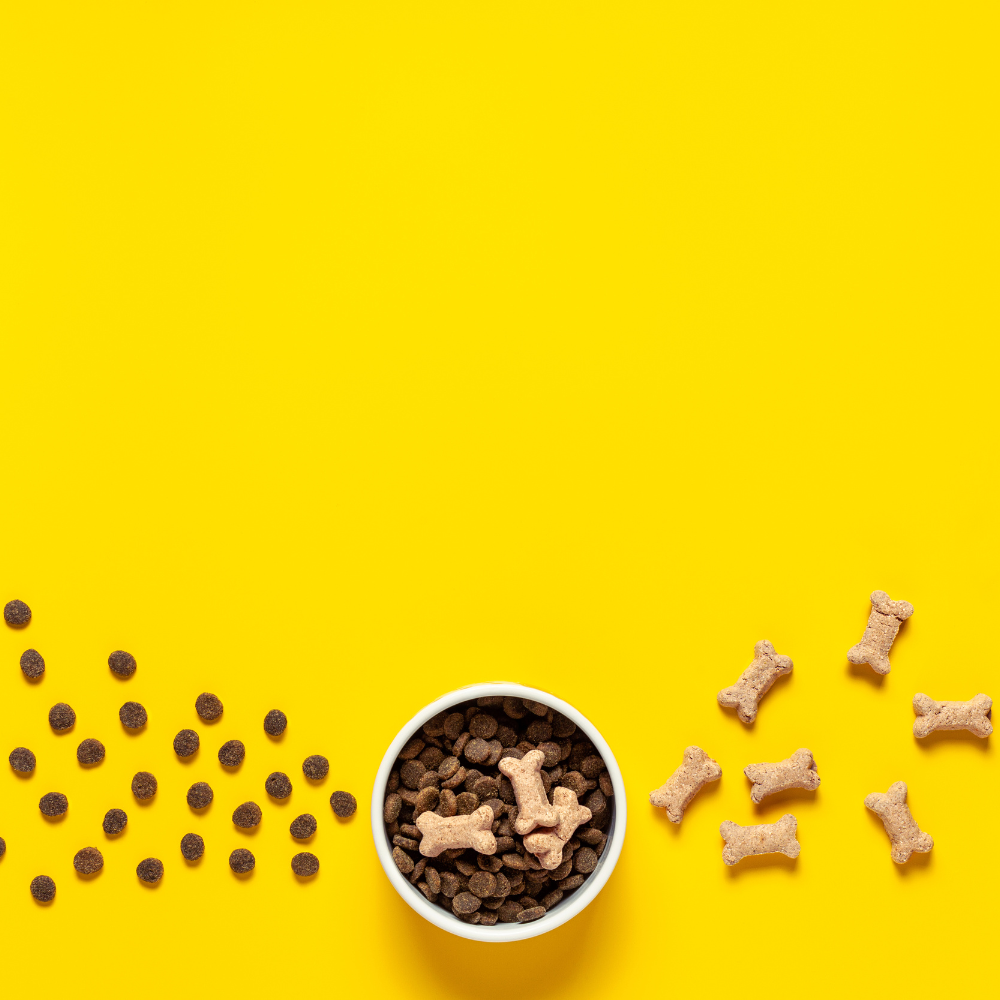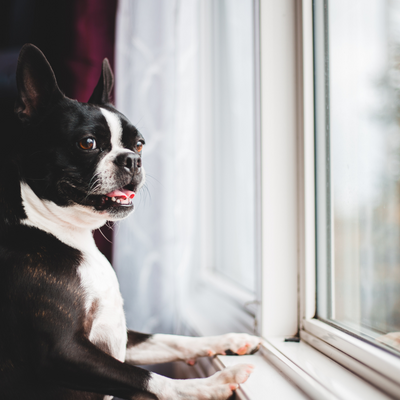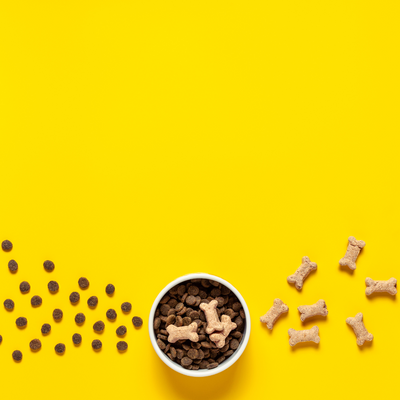There are many reasons for wanting to switch up your dog's food; your vet may have recommended a prescription diet or particular food, you may want to change your puppy’s diet from what the breeder was feeding or perhaps you just want to try a new brand.
Whatever the reason, it is not as simple as pouring the new food into their bowl. To avoid upsetting your dog’s stomach, it is important to slowly transition your dog to the new food from their old food.
Below is the best method for slowly easing your pup into the transition, to avoid gastrointestinal upset such as vomiting, diarrhoea, and decreased appetite. Anytime you change your dog’s food, you should gradually transition the food from the old to the new, ideally over 5-7 days by mixing the foods together and slowly increasing the new food quantity while decreasing the old food.
For most dogs, the transition will look like:
Day 1: 25% new diet and 75% old diet.
Day 3: 50% new diet and 50% old diet.
Day 5: 75% new diet and 25% old diet.
Day 7: 100% new diet.
Note that if you are changing proteins too (e.g. from chicken to lamb), you might want to increase the transition out to 10 days.
Dogs with sensitive stomachs, gastrointestinal diseases or food allergies may need even longer transition periods. The key to a good diet transition is closely monitoring your dog's individual response and adjusting as necessary. If at any point in the transition your dog displays concerning signs, you should proceed slower.
If you have transitioned gradually and your dog is still experiencing stomach upset, it is best to consult with your vet.






